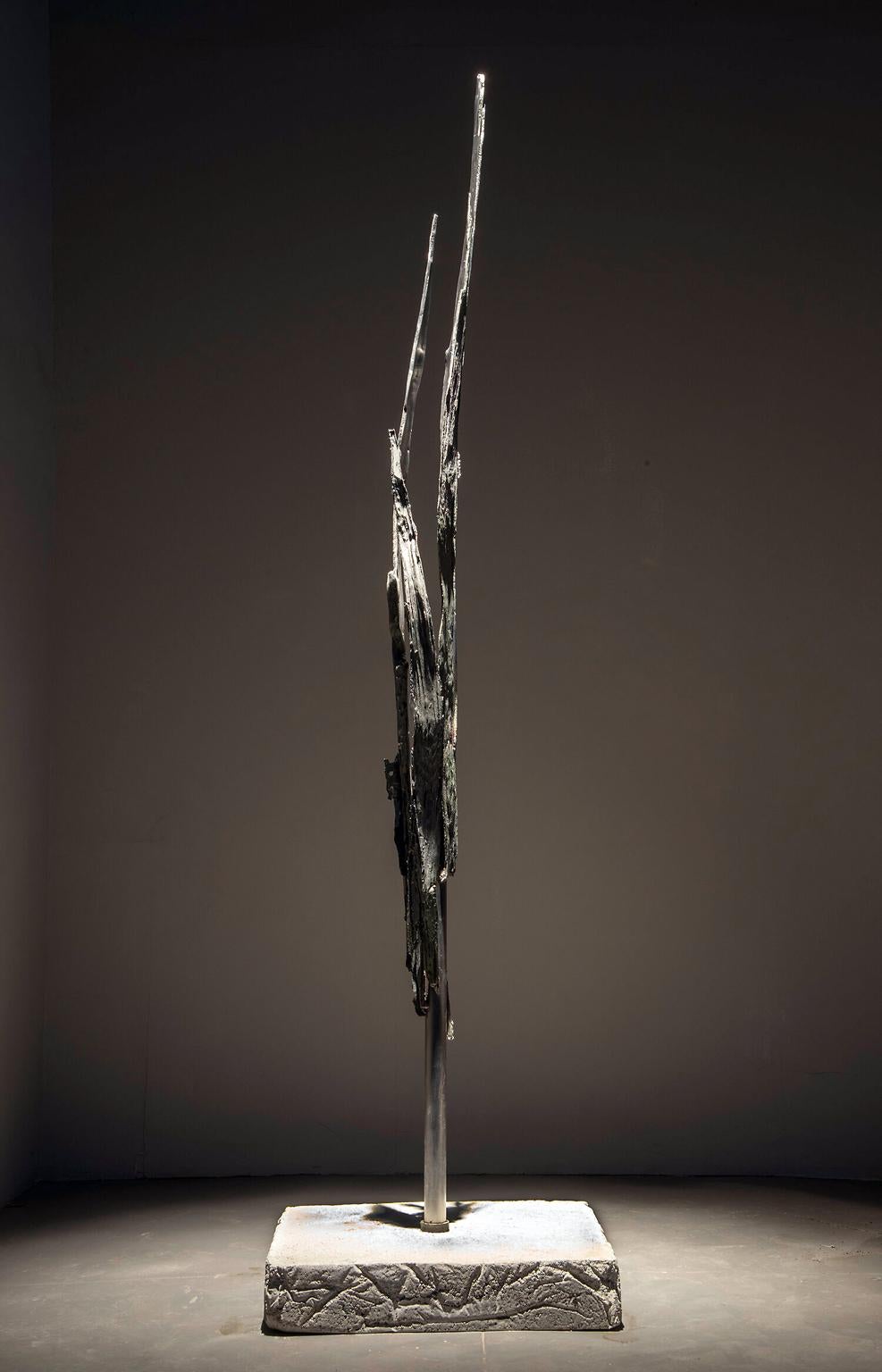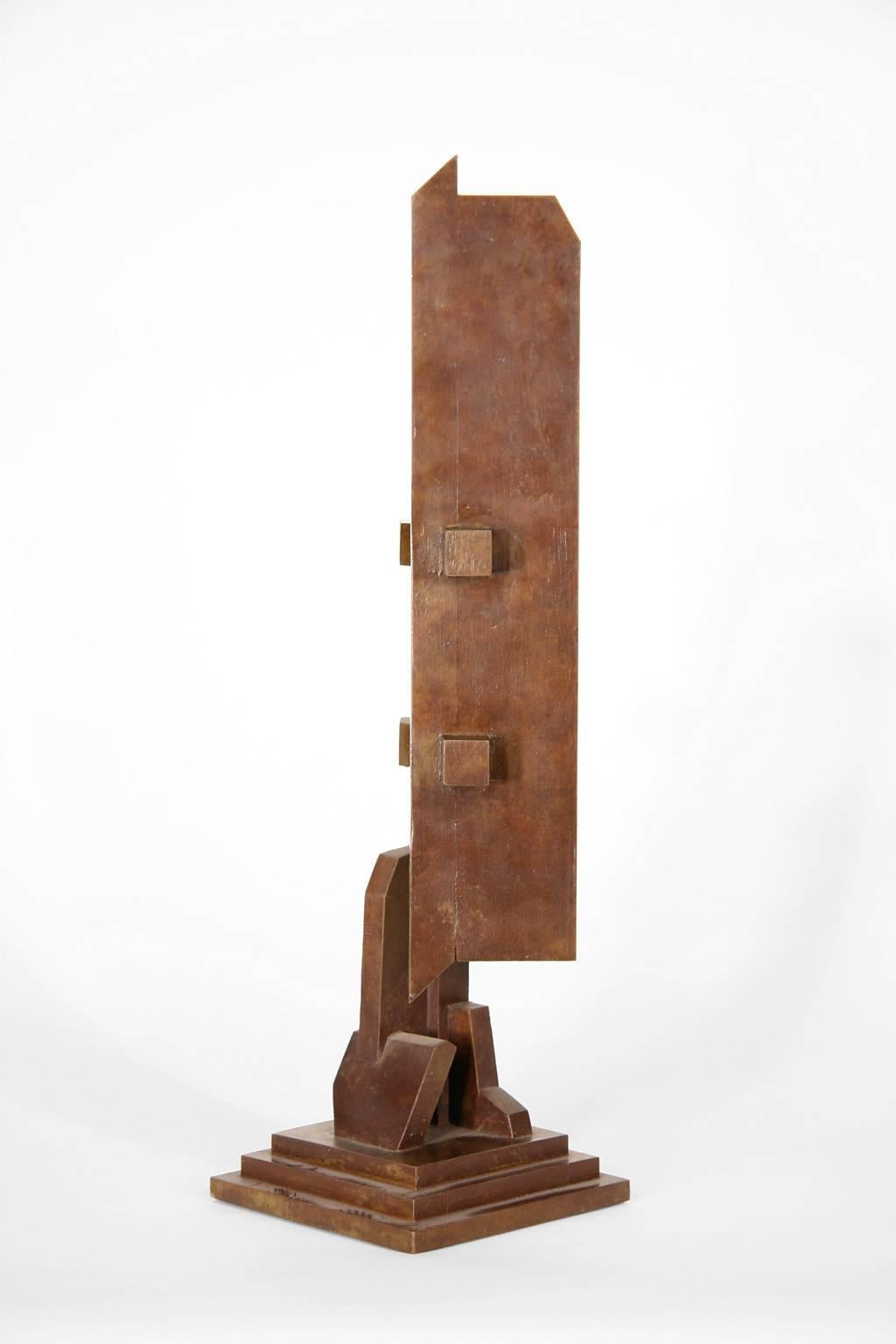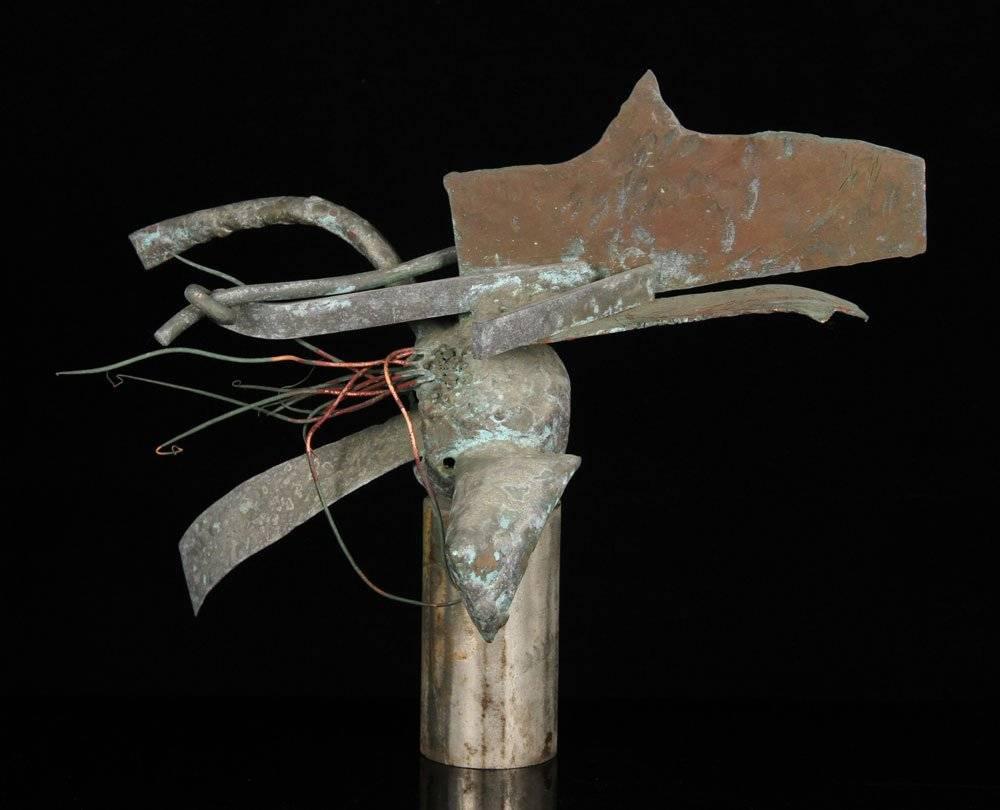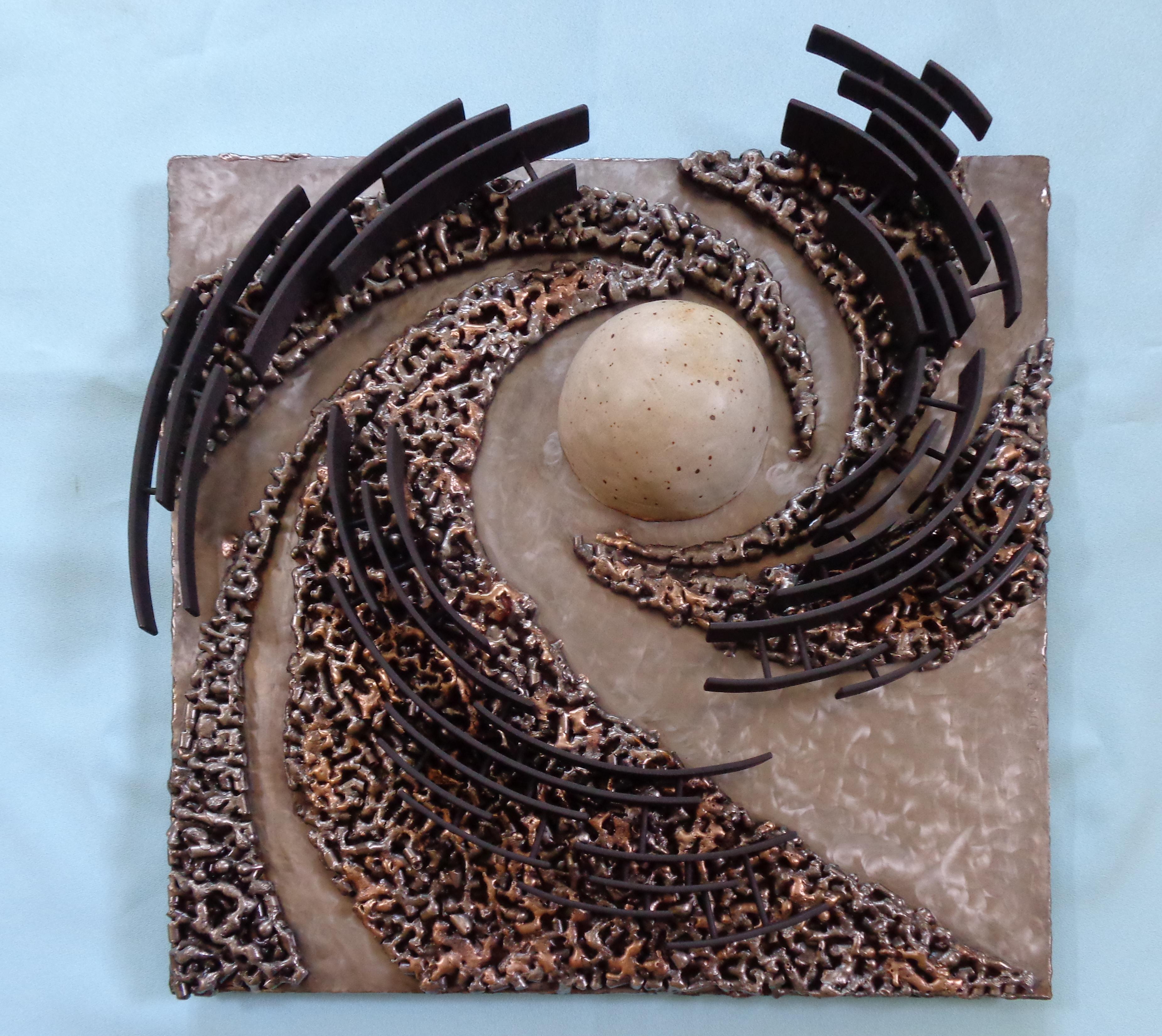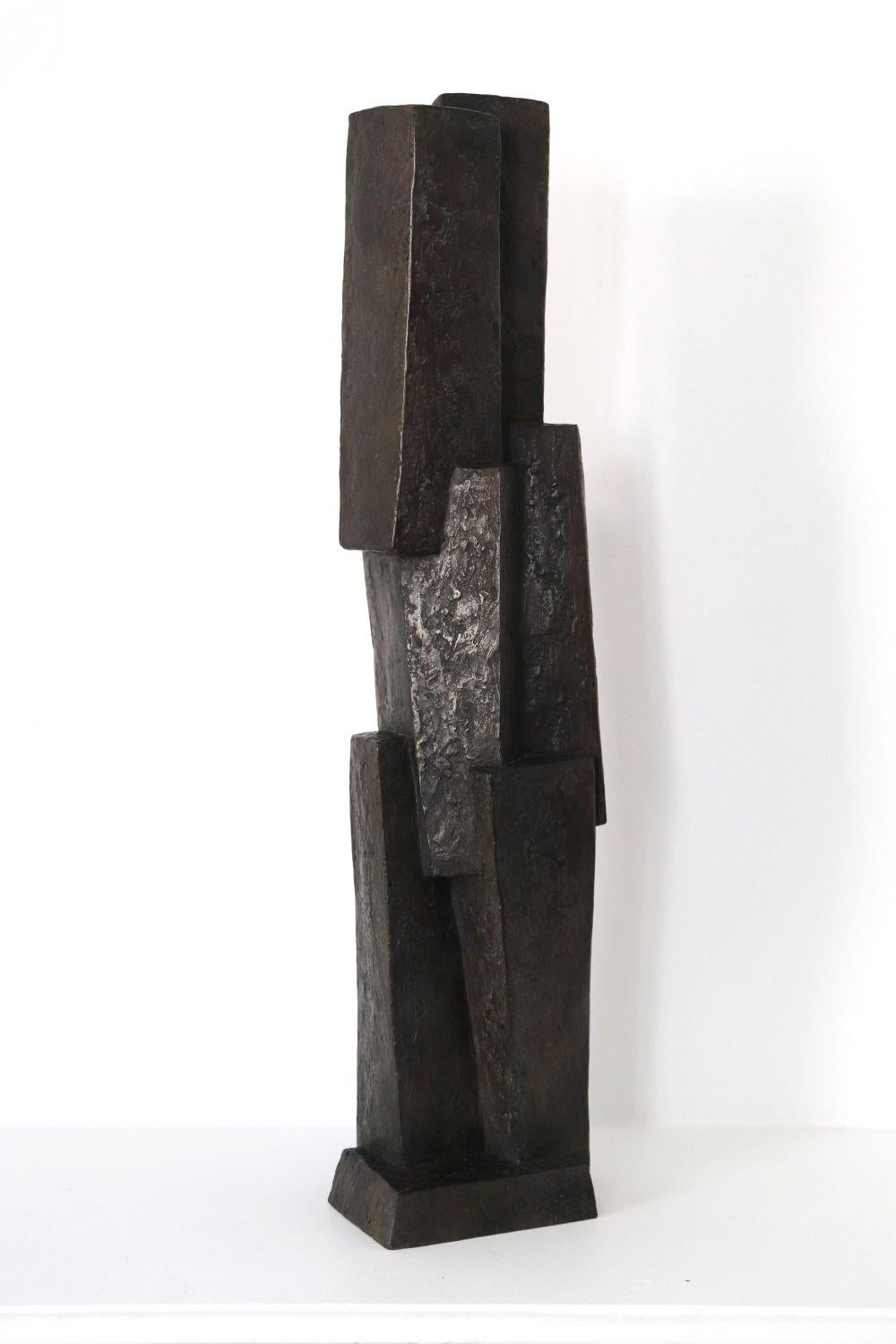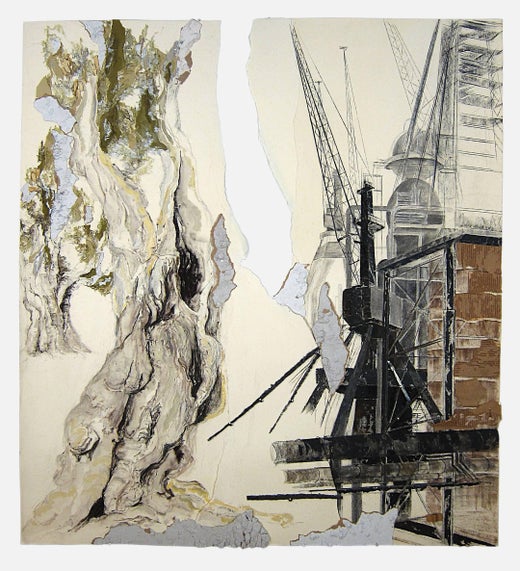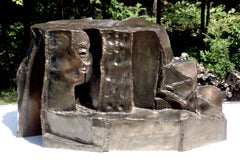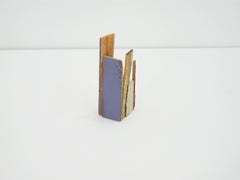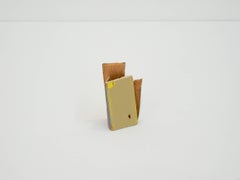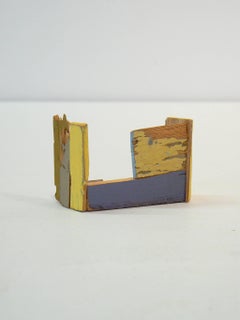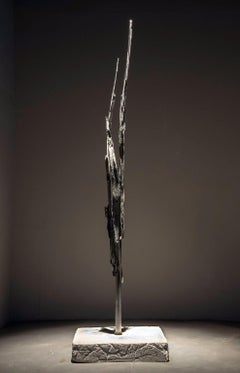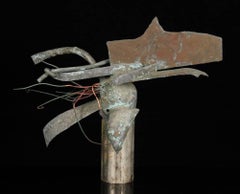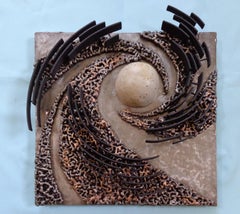Linda CunninghamLinda Cunningham, 'Urban Transformation', 2016, Bronze, Steel2016
2016
About the Item
- Creator:Linda Cunningham (American)
- Creation Year:2016
- Dimensions:Height: 103 in (261.62 cm)Width: 36 in (91.44 cm)Depth: 30 in (76.2 cm)
- Medium:
- Movement & Style:
- Period:
- Condition:The artist can direct re-siting and installing the sculpture in its new location.
- Gallery Location:Darien, CT
- Reference Number:1stDibs: LU17221003523
Linda Cunningham
Linda Cunningham is a New York City-based artist who exhibits extensively both in New York and Germany. Her recent installation, created for No Longer Empty at the Bronx, Andrew Freedman House was installed at the Bronx Museum in 2014 in an exhibition sponsored by all the Bronx Arts Organizations. Recent solo exhibitions include Abington Art Center, Philadelphia, the Fundacion Euroidiomas, Lima, Peru, and the StaTTMuseum, Cologne Germany. Monumental public sculptural installations & alternative memorials are permanently sited in Cologne, Kassel, Bad Hersfeld & Cornberg, Germany, and Grounds for Sculpture, Hamilton, New Jersey. She is the recipient of grants from the Bronx Council on the Arts, Pennsylvania Council on the Arts, Fulbright Senior Research Fellowship, Berlin, Arts International Kade Collaborative Works, and the John Anson Kittredge Foundation.
- ShippingRetrieving quote...Shipping from: New York, NY
- Return Policy
More From This Seller
View All1970s Feminist Abstract Sculptures
Copper, Steel
2010s Abstract Expressionist Abstract Sculptures
Wood, Paint, Found Objects
2010s Abstract Expressionist Abstract Sculptures
Wood, Paint, Found Objects
2010s Abstract Expressionist Abstract Sculptures
Wood, Paint, Found Objects
1970s Feminist Abstract Sculptures
Copper, Steel
2010s Abstract Geometric Abstract Paintings
Found Objects, Wax, Oil, Spray Paint, Acrylic
You May Also Like
2010s Abstract Abstract Sculptures
Metal, Bronze
2010s Abstract Abstract Sculptures
Bronze
20th Century Abstract Expressionist Abstract Sculptures
Bronze, Copper
21st Century and Contemporary Abstract Abstract Sculptures
Bronze, Steel, Stainless Steel
2010s Contemporary Abstract Sculptures
Bronze
1980s Abstract Abstract Sculptures
Bronze
